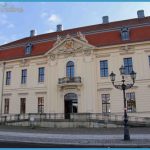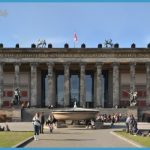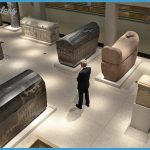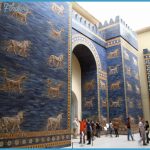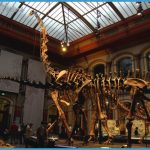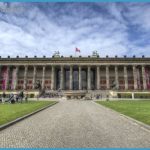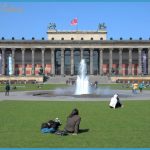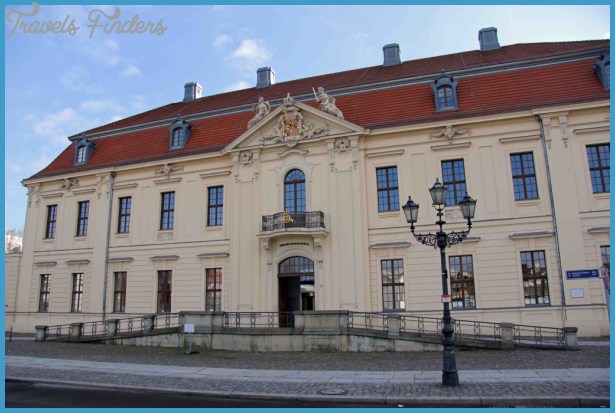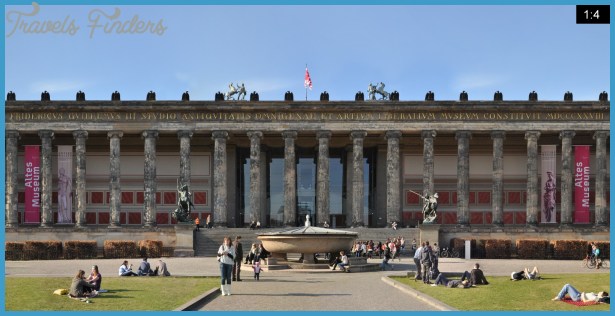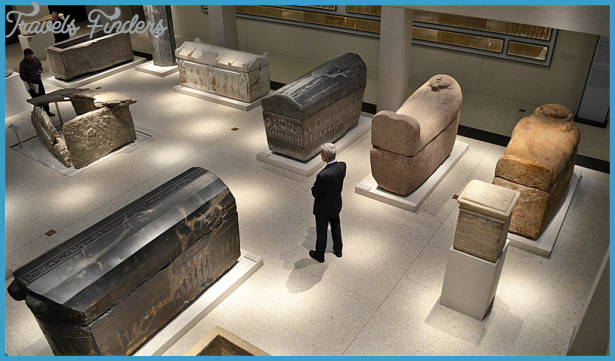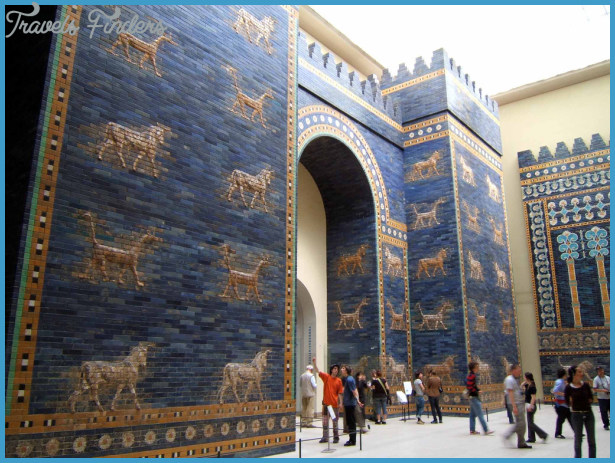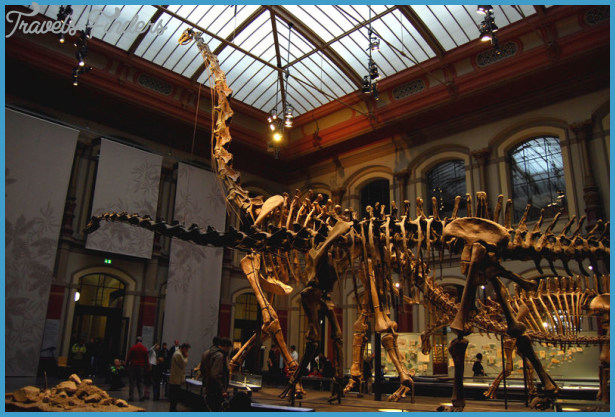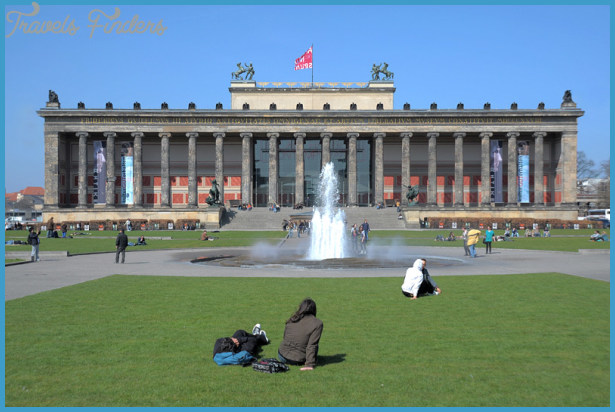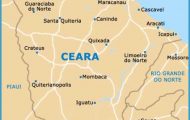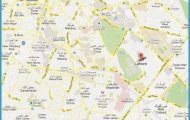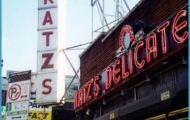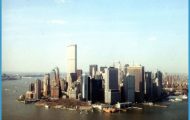MUSEUMS OF BERLIN
Berlin is one of the world’s great museum cities, with collections of art and artifacts encompassing all subjects and eras. The Staatliche Museen zu Berlin (SMB) runs over 20 museums in four major regions the Museumsinsel, Kulturforum, Charlottenburg, and Dahlem and elsewhere in Mitte and around the Tiergarten. Single admission is ‚6, ‚3 for students; the Drei-Tage-Karte (‚10, students ‚5) is valid for three consecutive days. Both can be bought at any SMB museum. Admission is free the first Sunday of every month. Unaffiliated museums are smaller and more specialized, dealing with everything from Kathe Kollwitz to the cultural history of maryuana. Berlin Programm (‚1.60) lists museums and galleries.
SMB MUSEUMS
MUSEUMSINSEL (MUSEUM ISLAND)
The Museumsinsel holds the treasure hoard of the former DDR in five separate museums, separated from the rest of Mitte by two arms of the Spree River. Some are being renovated; the Bodenmuseum will be closed until 2005 and the Neues Museum until 2008. (S3, 5, 7, 9 or 75 to Hackescher Markt or bus #100 to Lustgar-ten. m20 90 55 55. All SMB museums open Su and Tu-Sa 10am-6pm, Th until 10pm unless noted. All offer free audio tours in English. Admission to each is ‚6, students ‚3. All sell a 3-day card good for admission to every museum; ‚10, students ‚5.)
PERGAMONMUSEUM. One of the world’s great ancient history museums. The museum is named for Pergamon, the city in present-day Turkey from which the enormous Altar of Zeus (180 BC) in the main hall was taken. The museum features pieces of ancient Mediterranean and Near Eastern history from as far back as the 10th century BC. (Kupfergraben.)
ALTE NATIONALGALERIE. After extensive renovations, this renowned museum is again open to art-lovers. Everything from German Realism to French Impressionism and Caspar David Friedrich to Karl Friedrich Schinkel. (Am Lustgarten.)
ALTES MUSEUM. This surprisingly untouristed museum contains the Antiken-sammlung, a permanent collection of ancient Greco-Roman decorative art.
TIERGARTEN-KULTURFORUM
The Tiergarten-Kulturforum is a complex of museums at the eastern end of the Tiergarten, near the Staatsbibliothek and Potsdamer Pl. Students and local fine arts aficionados throng through the buildings and on the multi-leveled courtyard in front (U2: Potsdamer PI. Walk down Potsdamer Str. the museums will be on your right on Matthaikirchpl. 20 90 55 55. Hours and prices same as above.)
GEMALDEGALERIE. One of Germany’s most famous museums, and rightly so. It houses a stunning and enormous collection by Italian, German, Dutch, and Flemish masters, including works by Botticelli, Dtirer, Raphael, Rembrandt, Rubens, Titian, and Vermeer. (Stauffenbergstr. 40. -a 266 29 51.)
HAMBURGER BAHNHOFMUSEUM FUR GEGENWART. Berlin’s foremost collection of contemporary art features Warhol, Beuys, Kiefer, and some in-your-face temporary exhibits in the bright, airy spaces of a converted train station. The enormity of the exhibition space lends itself to outrageous sculptures. (Invalidenstr. 50-51. U6: Zinnowitzer Str. Open Su and Sa llam-6pm, Tu-F 10am-6pm.)
NEUE NATIONALGALERIE. This sleek building, designed by Mies van der Rohe, has interesting temporary exhibits and a permanent collection of Ernst, Kirchner, Munch, Warhol, and contemporary art. (Potsdamer Str. 50, just past the Kulturforum.)
KUNSTBIBLIOTHEK. A stellar collection of lithographs and drawings by Renaissance masters, including Diirer and Goya, and Botticelli’s illustrations for the Divine Comedy. (Library open M 2-8pm, Tu-F 9am-8pm. Tours Su at 3pm. Free.)
CHARLOTTENBURG
The area surrounding Schlofi Charlottenburg is home to a number of excellent museums. Take bus #145 to Luisenpl.Schlofi Charlottenburg or U7 to Richard-Wagner-Pl. and walk about 15min. down Otto-Suhr-Allee.
AGYPTISCHES MUSEUM. This stem Neoclassical building contains a famous collection of ancient Egyptian art hulking sarcophogi, mummified cats, a massive temple gateway, and the famous bust of Queen Nefertiti (1350 BC), considered one of the most stunning sculptures on earth. (SchloBstr. 70. Across Spandauer Damm from the palace. Open Su and Tu-Sa 10am-6pm. ‚8, students ‚4.)
SAMMLUNG BERGGRUEN. A substantial collection of Picasso, Paul Klee, Alberto Giacometti, French Impressionists, and African masks. (SchloBstr. 1. Across the street from the Agyptisches Museum. Open Su and Tu-Sa 10am-6pm. ‚6, students ‚3.)
ETHNOLOGISCHES MUSEUM. The Ethnology Museum richly rewards a trek to Dahlem. The exhibits are stunning, ranging from huge pieces of ancient Central American stonework to African elephant tusk statuettes to enormous boats from the South Pacific. The smaller Museum fur Indisches Kunst (Museum for Indian Art), housed in the same building, features ornate shrines and bright murals. The Museum fur Ostasiatisches Kunst (Museum for East Asian Art) also houses a good collection, including many long tapestries. (Ul to Dahlem-Dorf and follow the Museen signs. 830 14 38. Open Su-Sa llam-6pm, Tu-F 10am-6pm. ‚3, students ‚1.50.)
INDEPENDENT (NON-SMB) MUSEUMS
DEUTSCHE GUGGENHEIM BERLIN. A joint venture of Deutsche Bank and the Guggenheim Foundation features rotating exhibits of contemporary art. (Unter den Linden 13. s202 09 30. Open daily llam-8pm. ‚3, students ‚2.50. M free.)
KUNST-WERKE BERLIN. This former margarine factory has studio space, a matrix of rotating contemporary exhibitions, a cafe, and an independent bookstore. (Auguststr. 69. U6: Oranienburger Tor. s243 45 90; www.kw-berlin.de. Exhibitions open Su and Tu-Sa noon-6pm, Th until 8pm. ‚4, students ‚2.)
FILMMUSEUM BERLIN. This new museum chronicles the development of German film, with a special focus on older films like Metropolis and whole rooms devoted to such superstars as Leni Riefenstahl and Marlene Dietrich. (Potsdamer Str. 2; 3rd and 4th fl. of the Sony Center. U2: Potsdamer PI. Tickets sold on the ground floor. Open Su and Tu-Sa 10am-6pm, Th until 8pm. ‚6, students ‚4, children ‚2.50.)
JUDISCHES MUSEUM BERLIN. Built from Daniel Libeskind’s winning design, the zinc-plated structure that houses this museum is a fascinating architectural experience. None of the walls are parallel, and the jagged hallways end in windows overlooking the void. Wander through the labyrinthine Garden of Exile or experience the chill of being shut in the Holocaust Tower, a giant concrete room virtually devoid of light and sound. Exhibits feature work by contemporary artists, Holocaust memorials, and a history of Jews in Germany. (Lindenstr. 9. U6 to Kochstr. or Ul, 6, or 15 to Hallesches Tor. Open daily lOam-lOpm. ‚5, students ‚2.50.)
BAUHAUS-ARCHIV MUSEUM FUR GESTALTUNG. Designed by Bauhaus founder Walter Gropius, the museum has changing exhibits of paintings, sculptures, and furniture that would do him proud. (Klingelhbferstr. 14. Bus #100,187, 200, or 341 to Nordische BotschaftenAdenauer-Stiftg. Open M and W-Su 10am-5pm. ‚4, students ‚2.)
T0P0GRAPHIE DES TERRORS. In the torture chambers discovered beneath the former Gestapo headquarters, a comprehensive exhibit of photographs, documents, and German texts details the Nazi party’s rise to power and the atrocities that occurred during the war. Outside stand 200m of the Berlin Wall, a graffitied memorial to the city’s divided past. (Behind the Martin-Gropius-Bau, at the corner of Niederkirchnerstr. and Wilhelmstr. U2: Potsdamer PI. Open daily 10am-6pm. Free.)

